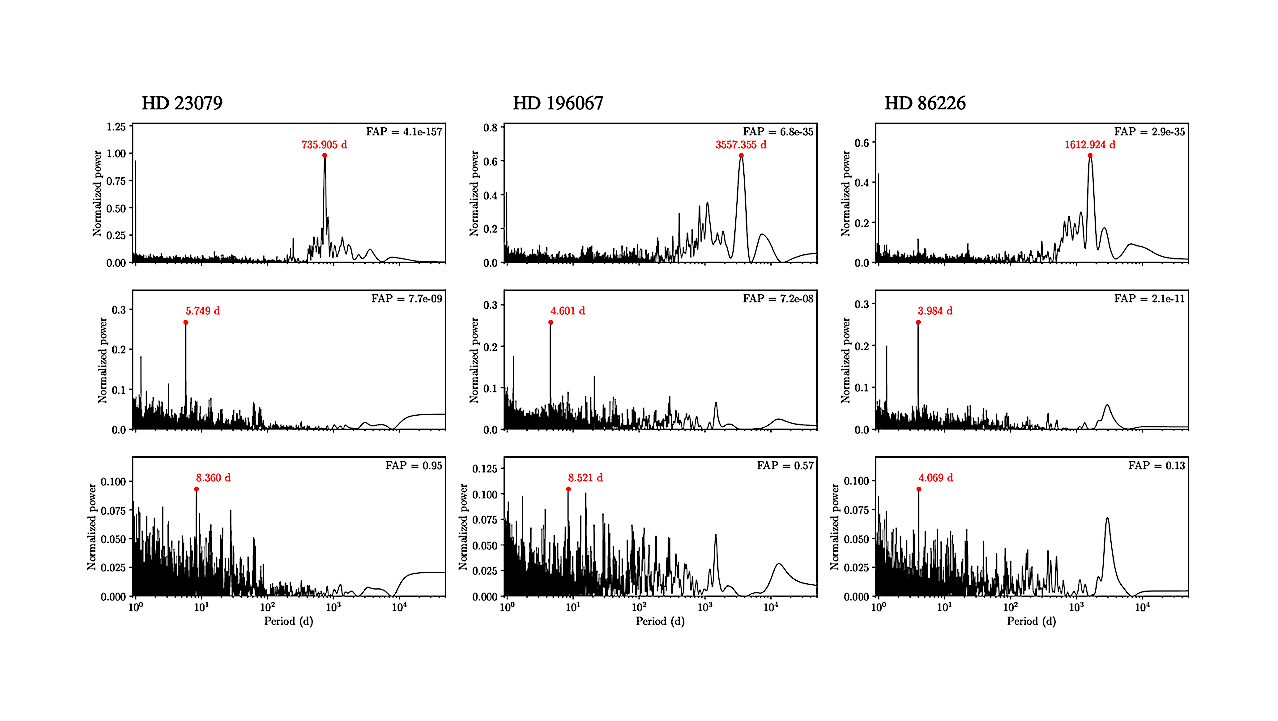A recent study has shed light on the relationship between outer giant planets (OGPs) and inner light planets (ILPs) within various planetary systems. The research, led by a team including J.-B. Delisle and colleagues, focuses on the detection of ILPs around three specific stars: HD 23079, HD 196067, and HD 86226. This work is part of a larger, ongoing observational effort employing advanced instruments such as CORALIE, HARPS, and ESPRESSO to better understand planetary system architectures.
The link between OGPs and ILPs has been a topic of considerable debate among astronomers. Theoretical models suggest varying outcomes, with some indicating a correlation between these planet types while others predict an anticorrelation. Previous research has yielded conflicting results, often attributed to small sample sizes and diverse observational approaches. The current study aims to address these inconsistencies through a more uniform methodology.
In this initial article of a series, the researchers detail their approach to ensuring sample homogeneity regarding stellar properties and observational strategies. The team successfully detected three ILPs: an 8.3 Earth-mass planet orbiting HD 23079 every 5.75 days, a 10.4 Earth-mass planet around HD 196067 every 4.6 days, and a confirmed 7.5 Earth-mass planet at 3.98 days around HD 86226.
While a comprehensive statistical analysis of these findings will be conducted in subsequent studies, the current low detection rate contrasts with earlier studies that indicated a strong correlation between OGPs and ILPs. This discrepancy raises important questions about the formation and evolutionary processes of planetary systems.
The research has been accepted for publication in the journal Astronomy & Astrophysics and is available for further reading on the preprint server arXiv, under the identifier arXiv:2509.26232. The full findings will contribute to a deeper understanding of how different types of planets coexist and influence each other within their respective systems.
As this study progresses, astronomers anticipate that these insights will refine our understanding of planetary formation, illustrating the complex dynamics that govern the universe’s diverse array of planetary systems.
